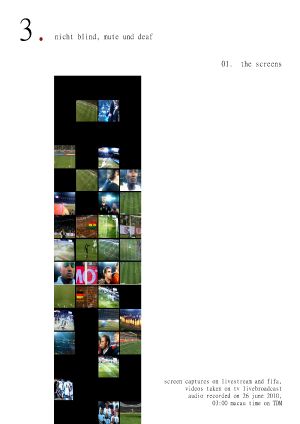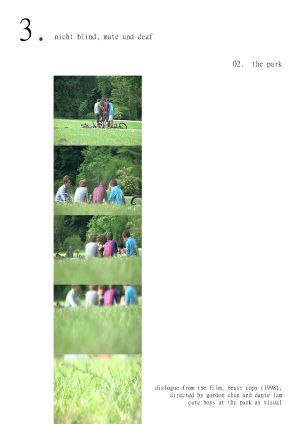(Created page with "=== Idea === Almost every day we are confronted which large sums of money. It's mostly the news that will show us numbers which we can read but we are not able to imagine their d...") |
|||
| Line 15: | Line 15: | ||
=== Sketches === | === Sketches === | ||
[[File: | [[File:screen1.jpg|left|thumb]] | ||
[[File: | [[File:screen2.jpg|left|thumb]] | ||
Revision as of 13:09, 18 October 2013
Idea
Almost every day we are confronted which large sums of money. It's mostly the news that will show us numbers which we can read but we are not able to imagine their dimension. Wether it's a country's debt, a budget deficit, the money spent on a war - how can we comprehend the impact of such a large sum? Would we even notice if there was one zero more or less?
Concept
The application »What's the sum?« is planned to be a quick way to better understand what large sums of money can actually mean in real life. Whenever you read about a large amount of money and you are not really sure what its power really is, you can type it into the app's opening screen. The program will then display a visualization which enables you to understand what this sum can actually buy. It should be as clear as possible so the user can grasp the money's power as quickly as possible.
How it works
The opening screen should be kept very simple with just a panel to type the sum plus the ability to select the number of zeros added (e.g. million, billion etc.). The user should also be able to select different currencies. In the future a currency calculator can be added as a feature so the user can view any amount of money in his or her country's currency. After confirming the amount the screen with the visualization will appear. A integrated calculator will split the sum in different categories, e.g. billions, millions ten thousands. Then for each category an object is chosen and the number of objects which can be bought from the entered sum is displayed. It is important that the user has a vague idea of what the object's price is. The categories are used to only show small numbers of objects. Otherwise the effect of understandable visualization will be gone.
For visualizing the money the example of real estate was chosen as presumably most people have an idea of the value of a house. The categories in this case are city (all real estate within a city of one million inhabitants), apartment buidings (a buiding with room for around 12 apartments), and family house. The value should be adjusted to the current price and the user's location.
For the future the visualizing objects could depend more on what the money is used for. How many hospitals can be built with a country's military budget for example?

